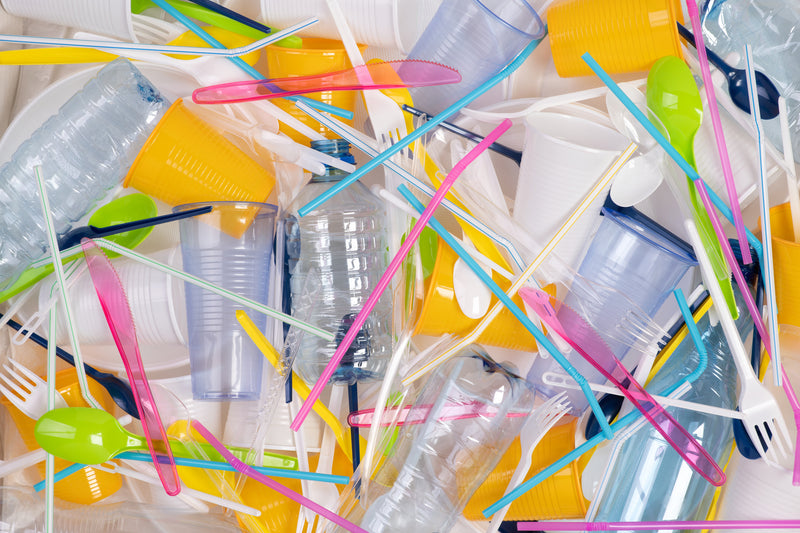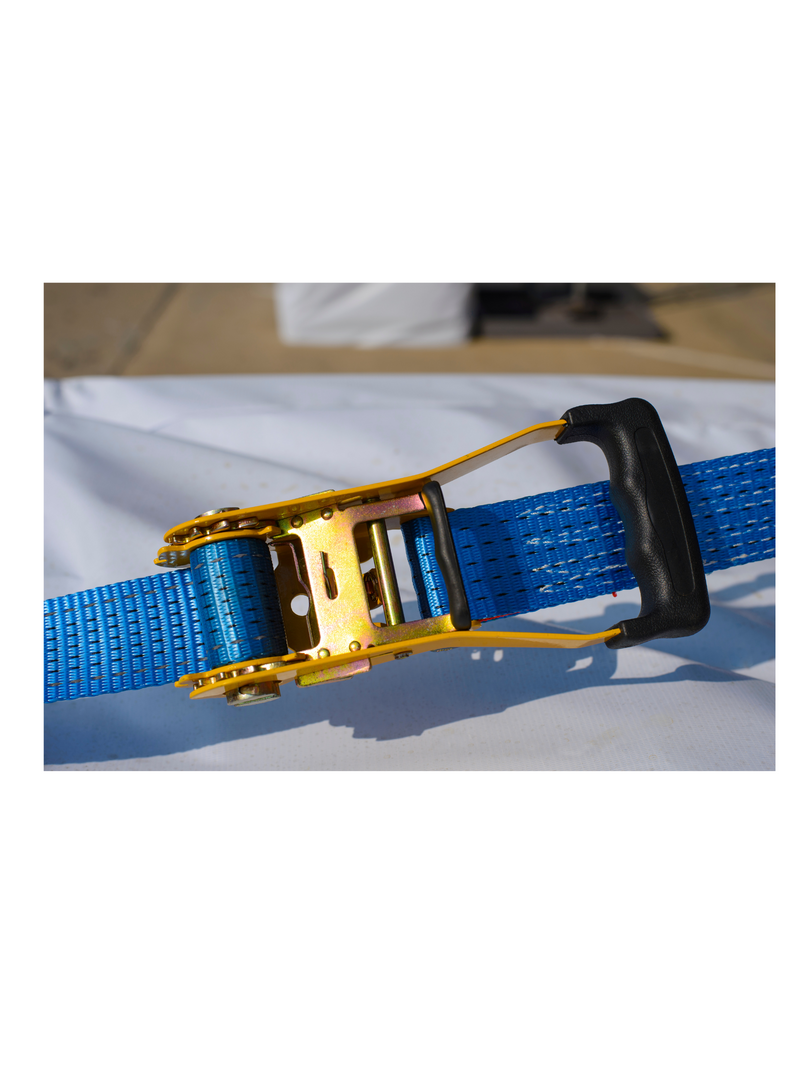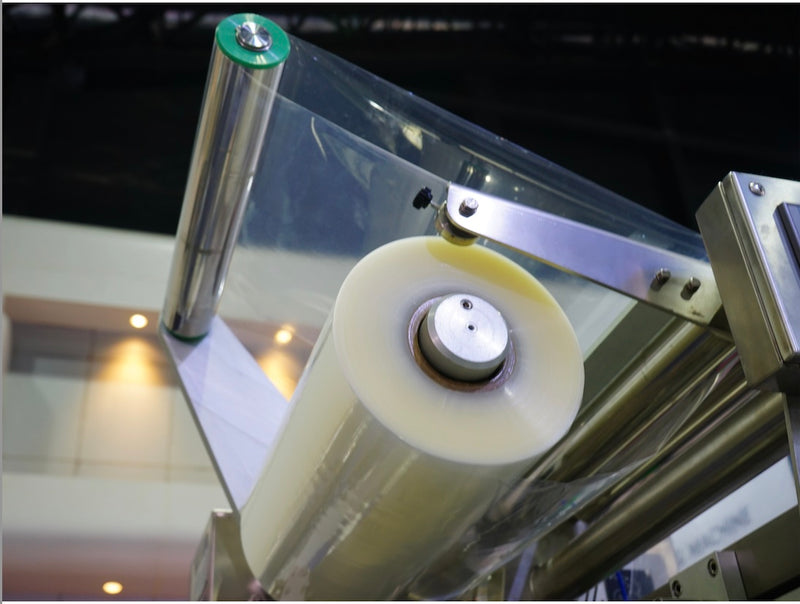
Packaging 101: Unpacking the Acronyms and Technical Terms in Packaging
Whether it's a crisp cereal box or a sturdy shipping crate, packaging is an indispensable part of our everyday lives. Yet, navigating the lexicon of packaging can often seem like deciphering a foreign language. This blog post is here to clarify these terms and help you navigate the packaging industry like a pro.
1. Packaging Acronyms: Decoding the Alphabet Soup
First off, let's tackle the sea of acronyms in packaging:
- PET/PETE (Polyethylene Terephthalate): A clear, strong, and lightweight plastic ideal for beverage bottles and food containers.
- HDPE (High-Density Polyethylene): A sturdy, dense plastic used in milk jugs, detergent bottles, and grocery bags.
- LDPE (Low-Density Polyethylene): A flexible, lightweight plastic used in plastic bags and squeeze bottles.
- PVC (Polyvinyl Chloride): A durable plastic used in everything from pipes to credit cards, including packaging.
- PP (Polypropylene): A high-melting plastic ideal for containers and closures due to its resistance to heat and chemicals.
- PS (Polystyrene): A versatile material found in disposable cutlery, CD and DVD cases, and foam packaging peanuts.
- RSC (Regular Slotted Container): A common box style in the corrugated industry, where all flaps are of equal length.
- FSC (Forest Stewardship Council): An international non-profit promoting responsible forest management. An FSC certification on a product assures that it comes from responsibly managed forests that provide environmental, social, and economic benefits.
2. Technical Terms: Packaging Lingo Explained
Now, let's demystify some common packaging terminology:
- Primary Packaging: The first layer of packaging directly encasing the product, providing protection and product information.
- Secondary Packaging: This groups together primary packages for easier handling and shipping, offering additional protection.
- Tertiary Packaging: This level ensures the safe and efficient bulk handling and transportation of goods.
- Sustainable Packaging: This refers to the eco-friendly packaging approach, considering the entire lifecycle of packaging, from raw materials to end-of-life management.
- Shelf-Ready Packaging (SRP): Packaging designed to be directly placed onto retail shelves without needing to be unpacked or rearranged.
- Tamper-Evident Packaging: Packaging that indicates if it has been disturbed or opened without authorization.
- Blister Packaging: A type of packaging where a product is sealed between a pre-formed plastic package and a cardboard backing.
- Clamshell Packaging: A one-piece container consisting of two halves joined by a hinge area.
- Aseptic Packaging: A packaging technique that ensures both the product and the packaging materials are sterile to extend product shelf life.
3. Corrugated Types: The Backbone of Packaging
Corrugated cardboard is a versatile material made up of a fluted corrugated sheet sandwiched between one or two flat linerboards. The flutes, or the wavy part of the corrugated cardboard, vary in size, each offering different performance characteristics:
- A-Flute: the thickest and has big waves spaced apart. It's great for heavy-duty applications like shipping large appliances or fragile items.
- B-Flute: has smaller waves and is denser. It's good for things like retail packaging and displays because it has decent crush resistance and stiffness.
- C-Flute: C-Flute, which falls in between A-Flute and B-Flute. It strikes a balance between strength and cushioning, making it widely used for shipping boxes and retail packaging.
- E-Flute: has tiny waves and is thinner than the other types. It's great for products that need a high-quality print surface, like cosmetics or electronics.
When it comes to measurements, we talk about flute height and flute pitch. Flute height is the distance between the peaks of the waves, ranging from around 3/16 inch for A-Flute to about 1/16 inch for E-Flute.
Flute pitch refers to the number of flutes per linear foot. A higher flute pitch means more flutes in a given length. For example, A-Flute typically has about 36 flutes per linear foot, while B-Flute has around 47 flutes per linear foot.
These measurements are important because they determine the carton's strength, rigidity, and performance for different packaging needs. So, depending on what you're packaging and how it needs to be transported, different types of fluting and measurements will be chosen.
4. Corrugated Box Types and Strength Measurements
In the world of packaging, corrugated boxes are indispensable due to their versatility, strength, and cost-effectiveness. They come in a variety of forms to suit different needs:
-
RSC (Regular Slotted Container): The most common box style where all flaps have the same length, they meet in the middle when closed and are usually sealed with tape. These are ideal for most products and are the primary style used in shipping.
-
FOL (Full Overlap): These boxes have flaps that fully overlap the width of the box, providing extra stacking strength and cushioning. These are great for heavy objects or items that need additional protection.
-
5PW (Five Panel Wrap): This style is essentially a flat box that wraps around a product, meeting along one edge. It's commonly used for long, narrow items like tripods or golf clubs.
-
COW (Cut Out Wrap): Similar to a 5PW but with additional flaps that fold over the product. These are perfect for flat, delicate items like framed art or mirrors.
-
Pad/Sheet: This refers to a flat piece of corrugated or solid fiberboard that can be used as an extra layer of protection, a separator between products, or a stiffener in envelopes.
-
HSC (Half Slotted Container): This is similar to an RSC, but without one set of flaps. It's often used with a separate lid or as a bin for parts storage.
Now, let's talk about strength measurements:
-
ECT (Edge Crush Test): The ECT measures the stacking strength of corrugated cardboard boxes or fiberboard. It's measured by compressing a small piece of corrugated board on edge between two rigid platens or plates. This test predicts the maximum load a box can handle before crushing. The higher the ECT value, the greater the box's resistance to crushing under load.
-
Mullen Test (Bursting Strength Test): This test measures the force required to rupture or puncture a corrugated sheet. A higher Mullen Test rating means a box has a higher resistance to bursting.
Each test measures a different aspect of the box's strength, so the choice between ECT and Mullen Test depends on your specific needs. For example, a shipping box that will bear heavy loads would require a high ECT rating, while a box that will undergo rough handling might require a higher Mullen Test rating.
The packaging world is a rich tapestry of acronyms, technical terms, and diverse corrugated types. By understanding this language, you can make more informed decisions and choose the packaging solutions that best fit your needs. From selecting sustainable materials to determining the appropriate box strength, these concepts are crucial in the realm of packaging. Hopefully, this guide has shed some light on the language of packaging, making it easier for you to navigate.
















